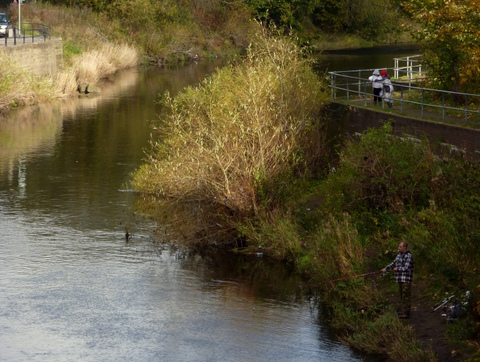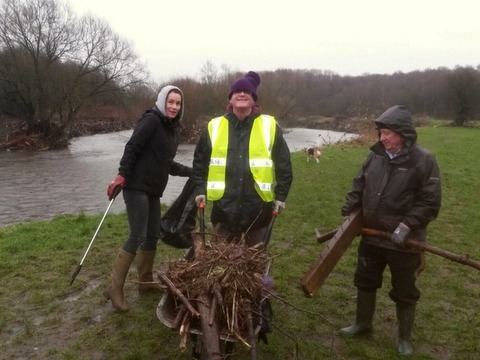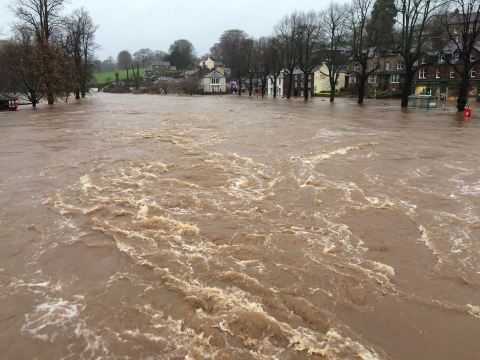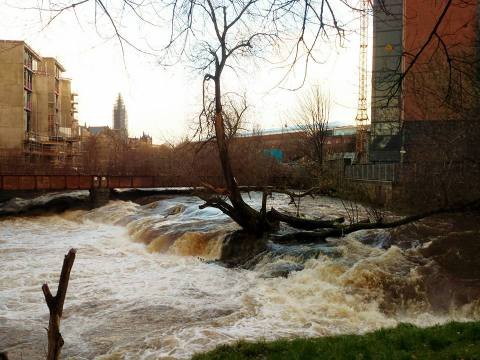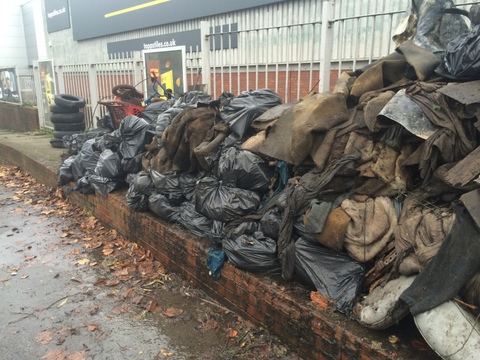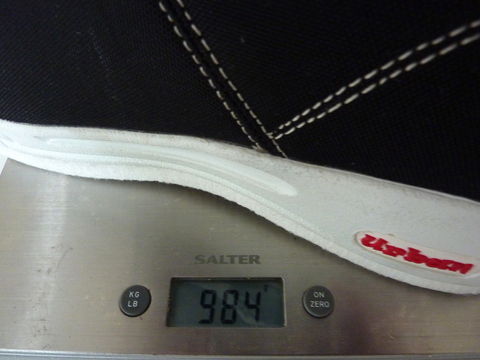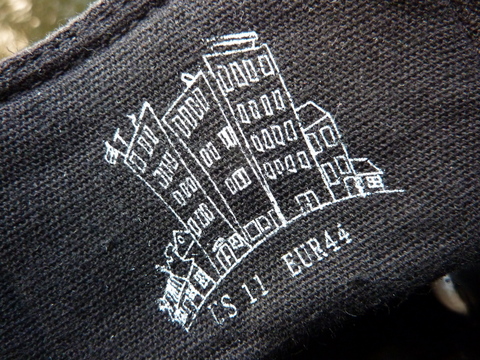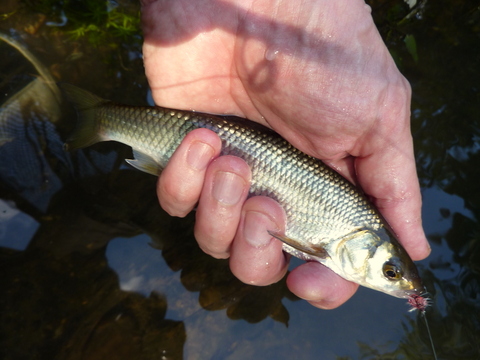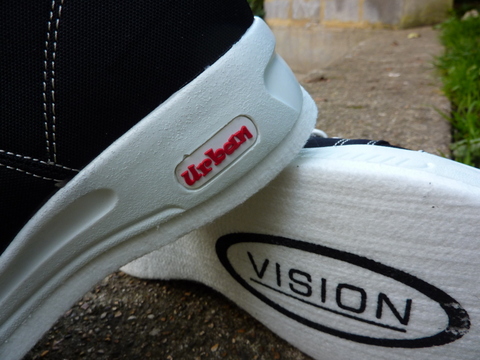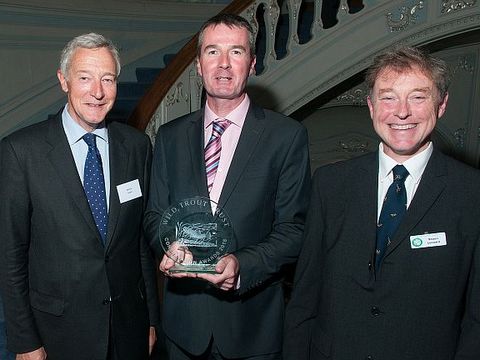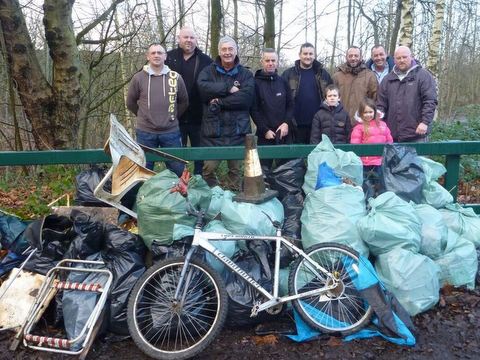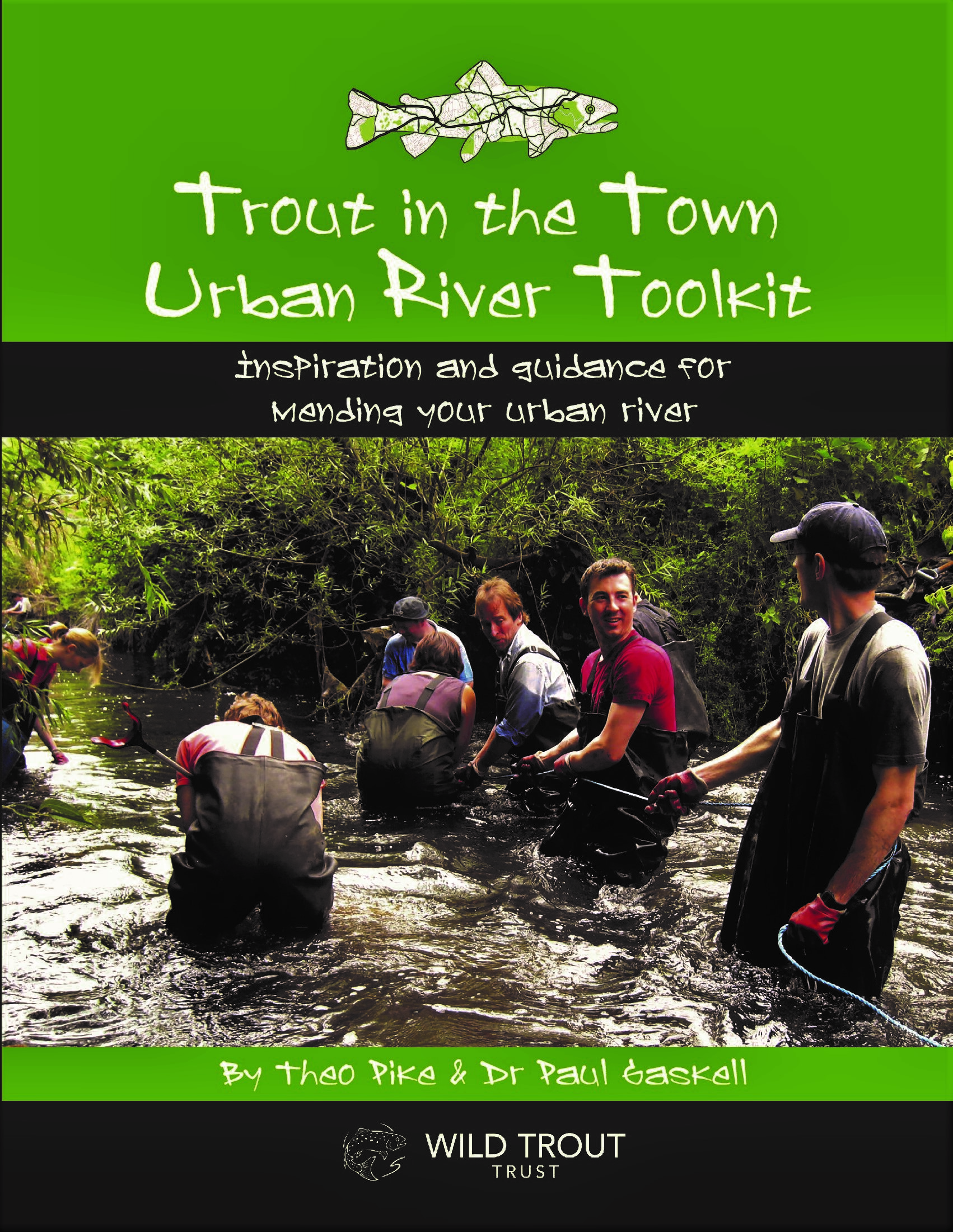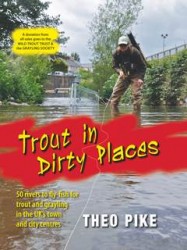Since Trout in Dirty Places was published in 2012, we’ve noticed virtually no changes to the fishing regulations on any of the featured 50 urban rivers across the UK.
Naturally, the real world had to catch up with the printed page at some point (after all, working as a kind of continuity blog for the book was one of our original reasons for setting up this site!)
So now we’ve noticed the January 2016 issue of Trout & Salmon carrying the following announcement from David Carrick about a stretch of the River Wear in Durham which has always been vulnerable to salmon and sea-trout poaching:
The ‘Free Stretch’ in Durham City is to be closed for fishing for the 2016 season and beyond. The area at Framwellgate Waterside is already closed for fishing on the north bank; now the right bank is to be closed from the weirs down to the western area of the Sands.
Conservationists have condemned this area as ‘salmon and sea-trout poaching on an industrial scale’. A new bylaw is being sought that will ban all types of fishing in this area. The move is backed by the trustees of the City of Durham Freemen, who control riverbank access, and is supported by the Durham Constabulary, Durham County Council, the Environment Agency and the Wear Anglers’ Association.
In the area concerned, salmon and sea-trout are held up by the weirs at Framwellgate, making them vulnerable to poachers, some of whom have refrigerated vehicles to take their haul away.
The Freemen’s trustees have set aside 350 yards of the south bank, well away from the poaching hotspot, which will remain free fishing for law-abiding anglers. ‘No Fishing’ signs will be erected, giving both police and Environment Agency powers to arrest anyone contravening the new banning order.
A spokesman for the Wear Anglers’ Association’s members said: ‘Conservation of wild salmon and sea-trout stocks is vitally important to the future of the River Wear. Numbers of these precious fish have been dwindling over the years. The indiscriminate plunder of the river’s migratory fish at Freemen’s Reach must stop’.
Since this announcement, there’s also been some interesting discussion over the Fly Forums (though we reckon confirmation of those 350 yards at the Sands remaining fishable by lawful urban anglers may go some way to defusing tensions).
If any fishing regulations have changed on your local urban river since the publication of Trout in Dirty Places, please let us know, and we’ll gladly provide an update here on Urbantrout.net
